While most people walk past them without a second glance, wild edible plants are quietly thriving in fields, forests, and even along city trails. For those who know where—and how—to look, summer brings a treasure trove of greens, flowers, and berries that are not only free, but often more flavorful and nutritious than anything you can buy. In fact, local foragers have been harvesting these plants for generations, using them in everything from teas and salads to homemade remedies.
But here’s the thing: not every wild plant is safe, and misidentification can be risky. That’s why it’s essential to learn which plants are truly edible, how to recognize them, and most importantly—how to harvest responsibly. This isn’t about clearing out the forest floor; it’s about understanding your environment, respecting the ecosystem, and taking only what you need. A handful of leaves or a cluster of flowers can go a long way when you know what to do with them.
In this guide, you’ll find 20 wild plants that locals across the country forage every summer, along with tips on where to find them and how to use them safely at home. Whether you’re new to foraging or just curious about the plants growing right under your nose, this list is your introduction to a whole new way of experiencing nature—with your hands, your nose, and your taste buds.
Dandelion
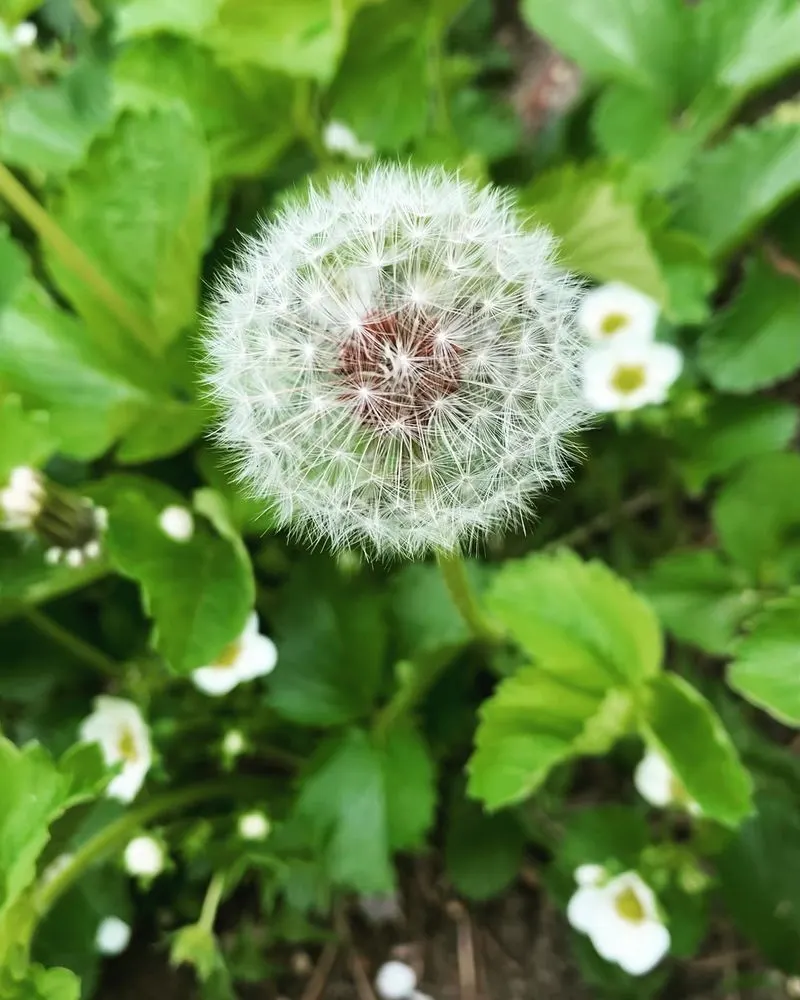
Often seen as a persistent weed, dandelions are a surprising source of nutrition. The young leaves offer a bitter yet refreshing addition to salads. Their roots can be roasted for a coffee alternative, while the flowers are perfect for homemade syrups and wines. Foraging requires care; ensure plants are harvested away from roadsides and treated areas to avoid contamination. Knowing the difference between dandelions and similar-looking plants is essential for safe consumption.
Wild Garlic
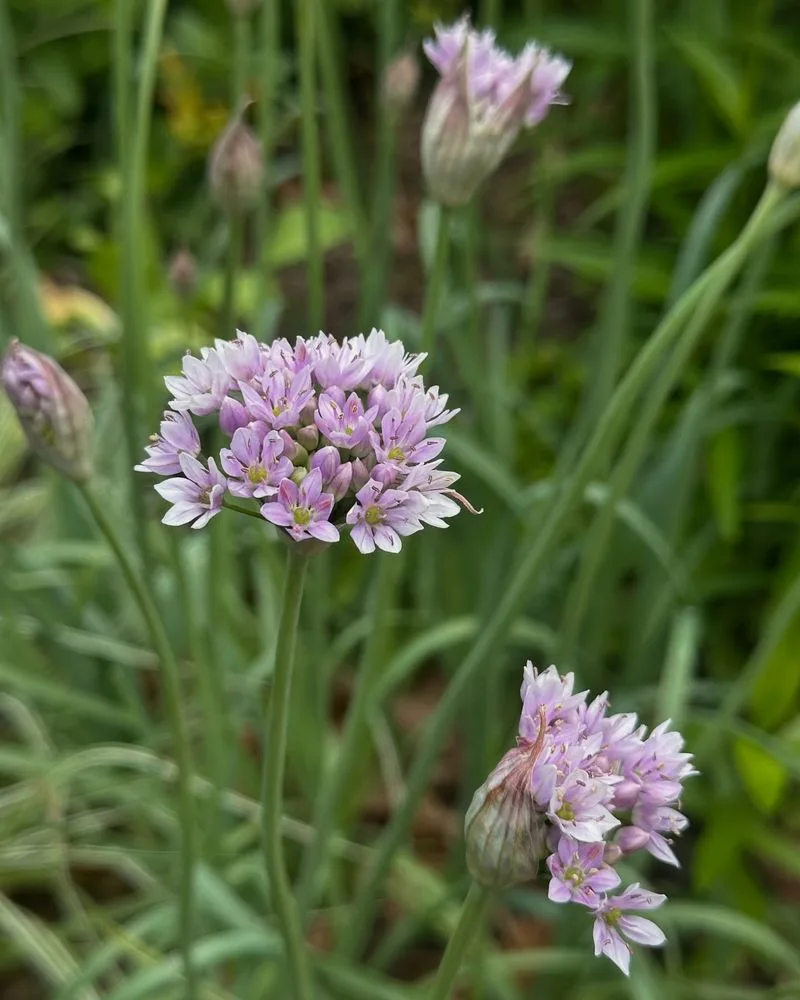
A harbinger of spring, wild garlic’s aroma fills the air in wooded areas. Its leaves, flowers, and bulbs are edible, offering a mild garlic flavor. Perfect for pestos, salads, or soups, it brings a wild twist to meals. When foraging, avoid confusing it with poisonous lookalikes such as lily of the valley. The distinctive garlic scent is a helpful identifier, but always cross-check with other characteristics to ensure safety.
Elderflower
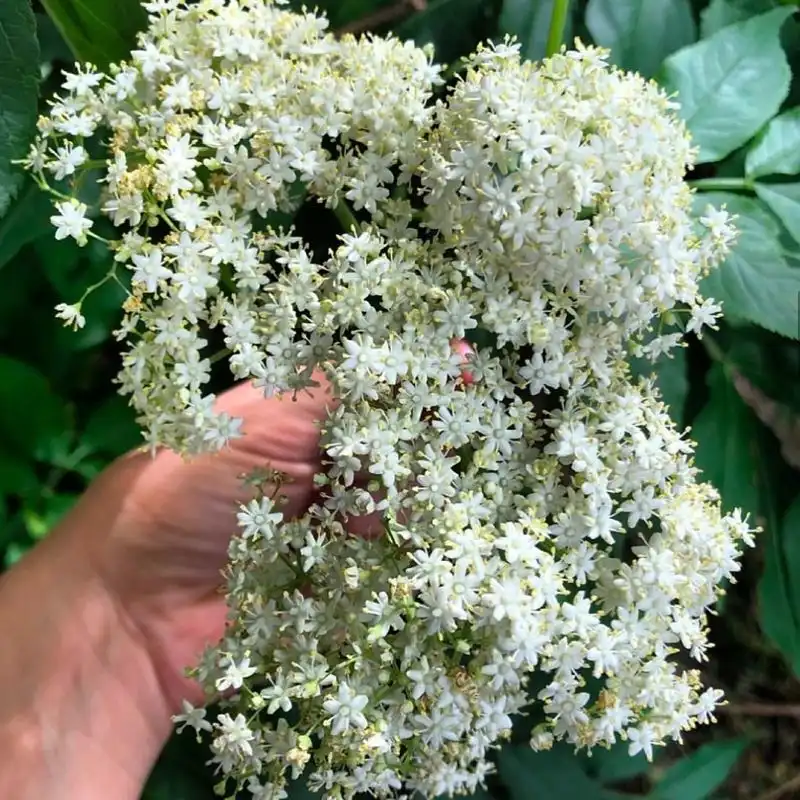
Elderflowers bring a touch of elegance to summer foraging. Their fragrant blossoms make delightful cordials, teas, and desserts. Careful identification is crucial; only the flowers of the Sambucus nigra are safe, while other parts of the plant can be toxic. Harvest the blooms on a sunny day when their fragrance is strongest, avoiding any that are brown or wilted. Their graceful presence belies a need for careful handling and preparation.
Nettle

Despite its sting, nettle is a nutritional powerhouse. Rich in vitamins and minerals, it’s perfect for soups, teas, and even pasta. Harvest with gloves to avoid the sting, which disappears once cooked or dried. Nettle’s resemblance to other plants can pose risks; verify its identity by the needle-like hairs on the stems. Its resilience and growth in various environments make it a reliable source of nourishment throughout summer.
Chickweed
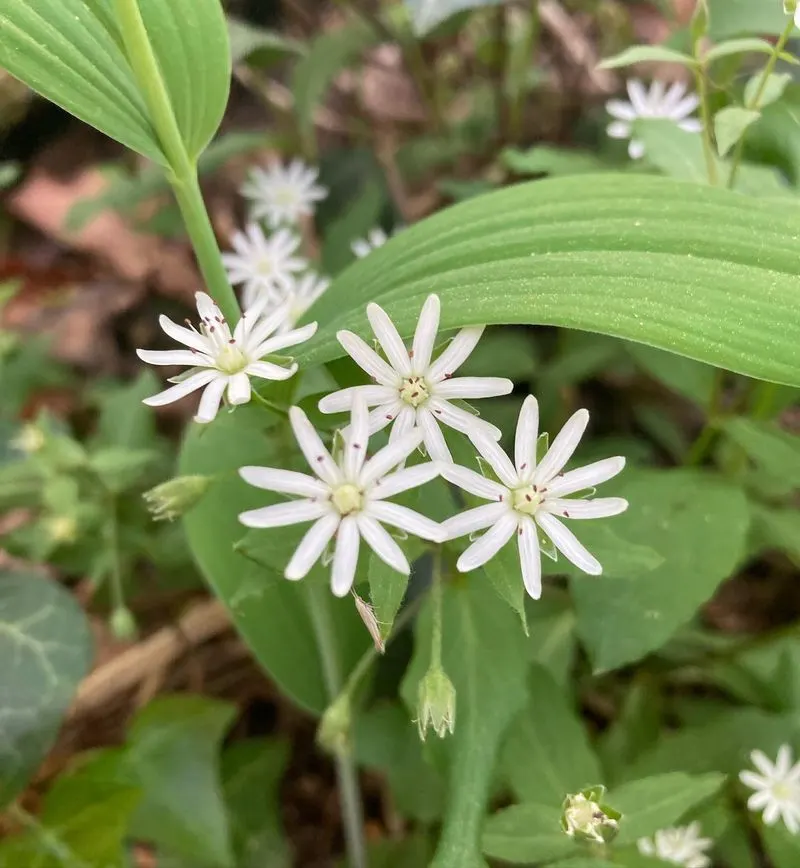
A common sight in gardens, chickweed’s tender leaves are a nutritious salad addition. Its small white flowers add visual interest and mild flavor to dishes. Recognizing chickweed involves looking for a single line of fine hairs along the stem. Although often overlooked, it serves as an indicator of fertile soil. Harvesting should be done with care to avoid over-picking, ensuring its continued availability for wildlife and future foragers.
Purslane
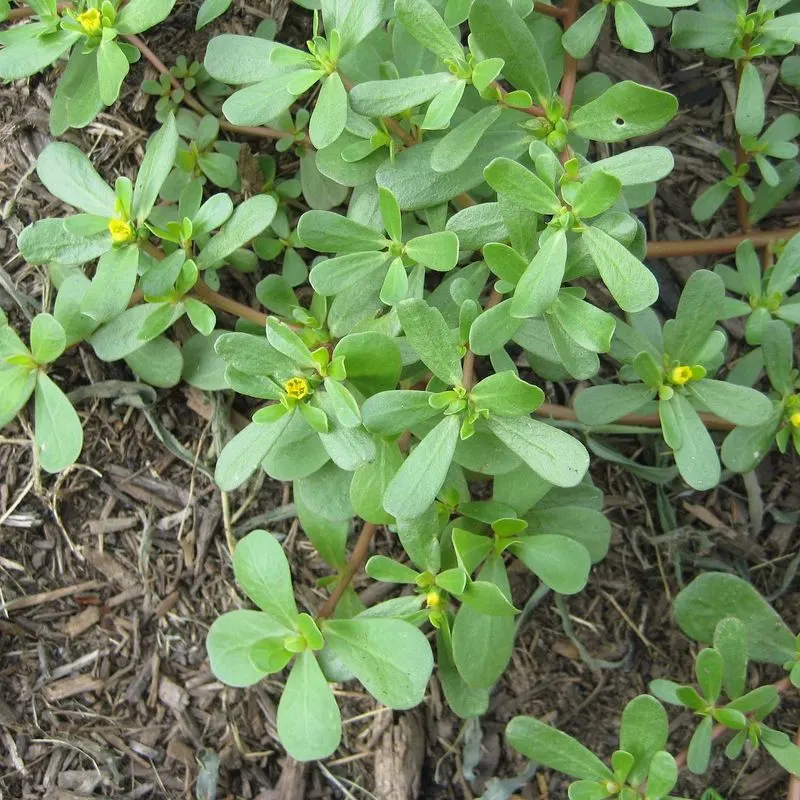
Purslane’s succulent leaves offer a refreshing crunch, packed with omega-3 fatty acids. A versatile ingredient, it complements salads, stews, and stir-fries. Found in gardens and sidewalks, it thrives in sunny spots. Identifying purslane involves noting its reddish stems and spoon-shaped leaves. Avoid confusion with spurge, which exudes a milky sap when broken. This humble plant is a testament to nature’s ability to provide nourishment in unexpected places.
Wild Raspberry
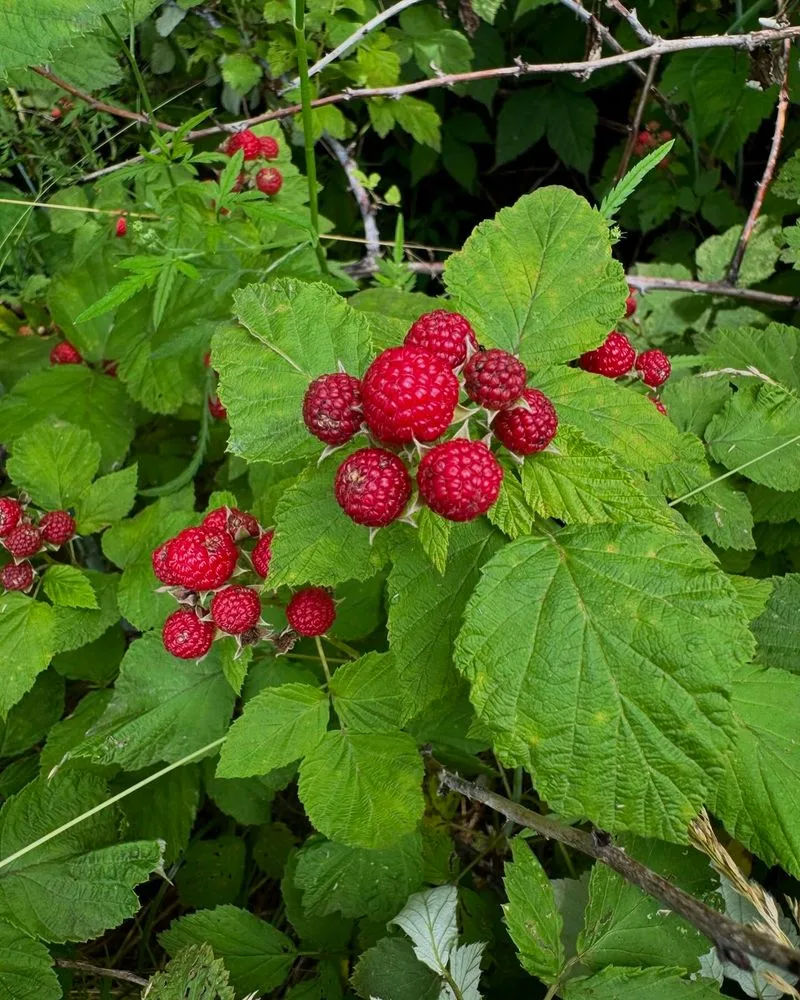
Wild raspberries are a sweet reward for summer foragers. Their vibrant berries are excellent fresh or preserved in jams and desserts. When foraging, look for the distinctive raspberry leaves and thorny stems. Be mindful of their habitat, often shared with brambles and other thorny plants. Harvesting these fruits requires patience and attention to detail, ensuring you leave enough for wildlife that depend on them as a food source.
Sorrel
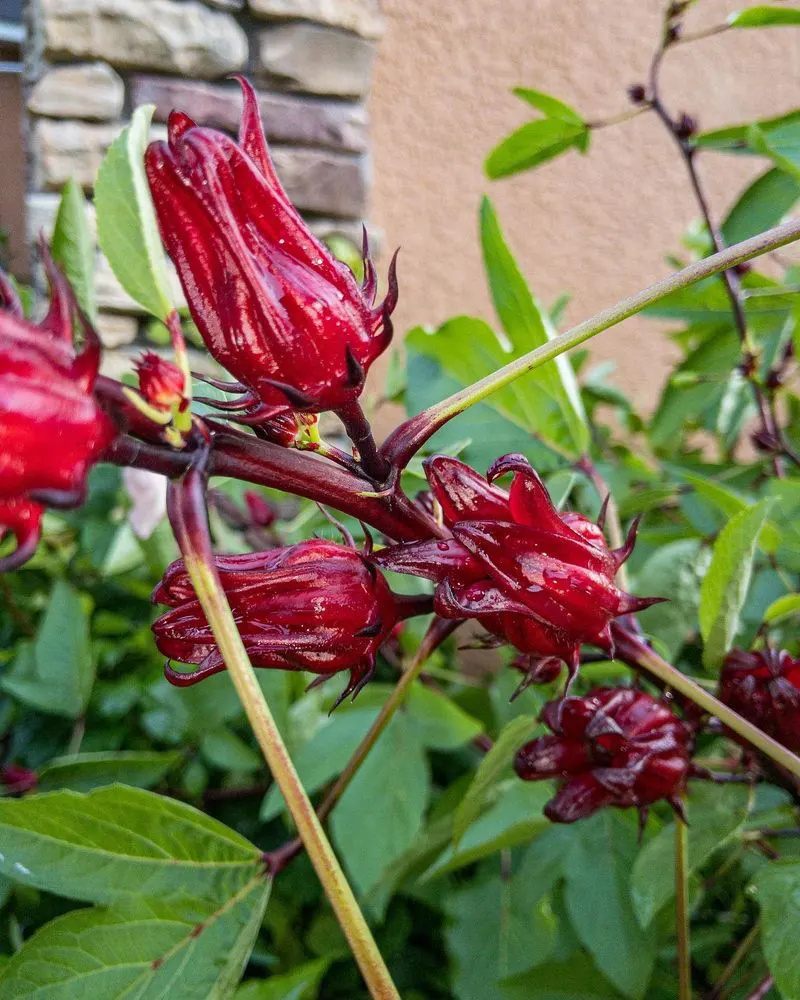
Sorrel’s tangy taste adds a citrusy zest to soups and sauces. Its arrow-shaped leaves are a reliable indicator for identification. Found in meadows and gardens, sorrel is a perennial that returns year after year. When foraging, ensure proper identification, as it can be mistaken for other, less palatable plants. The unique flavor of sorrel is a reminder of the culinary diversity available in wild greens.
Burdock
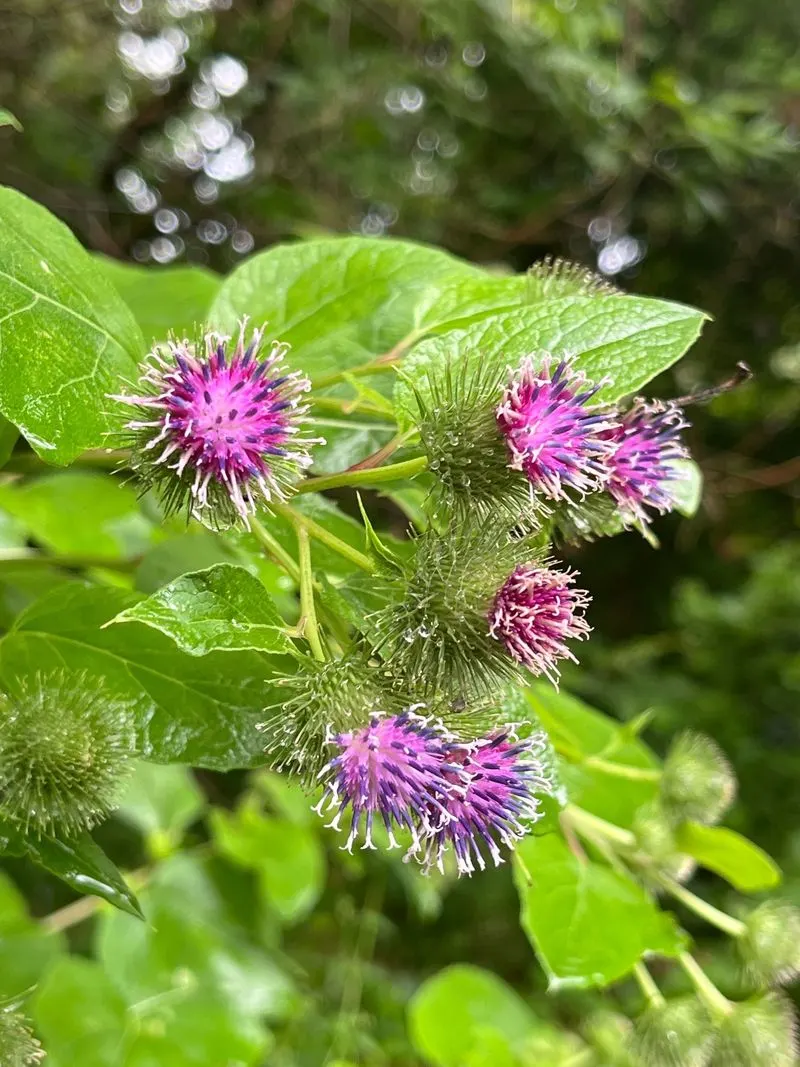
Known for its tenacious burs, burdock is more than just a nuisance. The root is the real treasure, offering earthy flavors perfect for teas and stir-fries. Recognition of burdock involves its large leaves and distinctive burrs, which cling to clothing and fur. When foraging, dig deep to extract the roots and avoid damaging the plant. Its robust presence in fields showcases nature’s ability to balance beauty with practicality.
Mallow
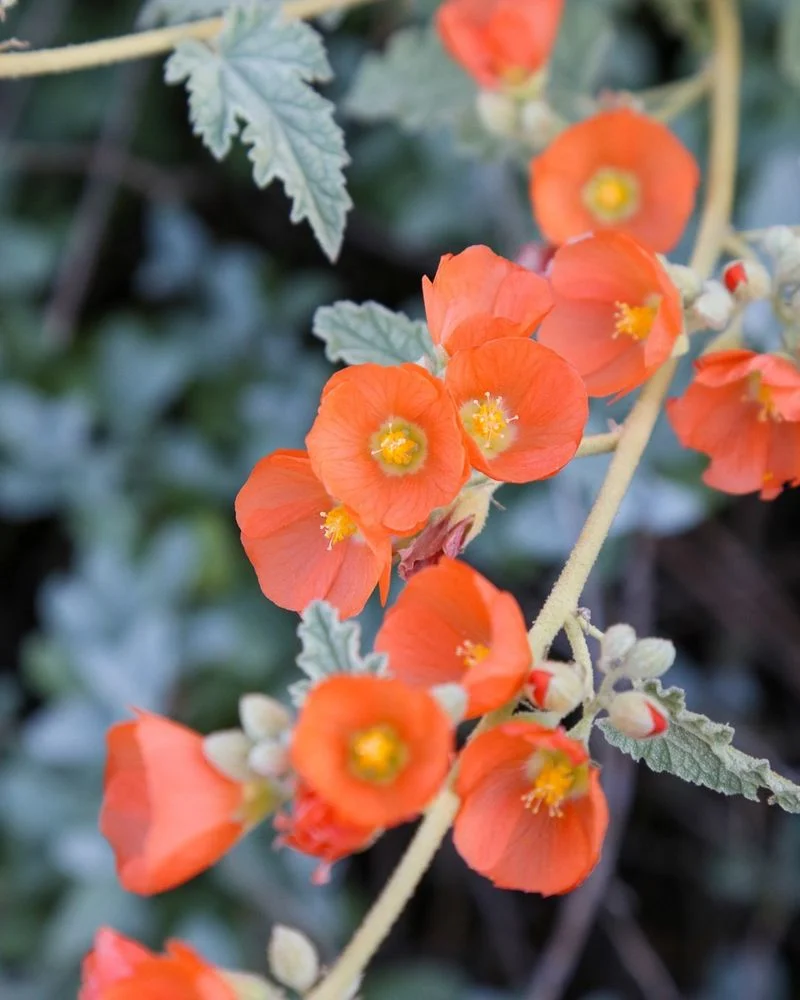
Mallow’s delicate flowers and leaves are edible, offering mild flavors that enhance salads and teas. Recognizing this plant involves noting its rounded leaves and pastel blooms. Often found along roadsides and in gardens, mallow is a versatile addition to any forager’s basket. Its gentle nature is reflected in its soothing properties, historically used in herbal remedies. As with all wild plants, proper identification ensures a safe foraging experience.
Yarrow
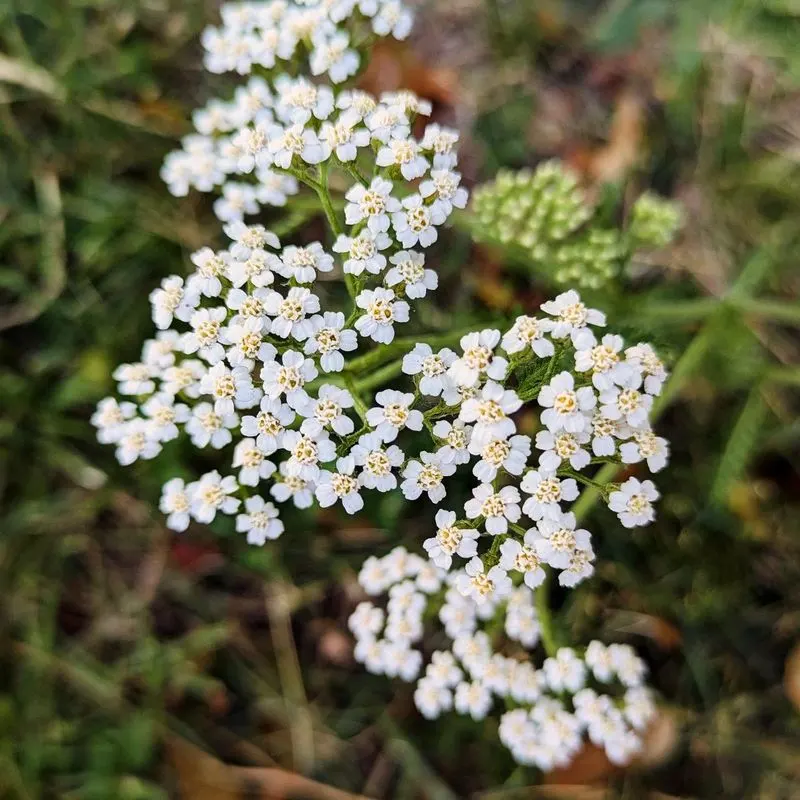
Yarrow is recognized for its medicinal qualities, often used in teas and salves. Its feathery leaves and white flower clusters make it easy to identify in meadows. The plant’s historical significance as a healing herb adds to its allure. Harvesting yarrow requires care, as it shares environments with similarly appearing inedible plants. Its role in herbal medicine reflects centuries of human interaction with the natural world.
Cattail
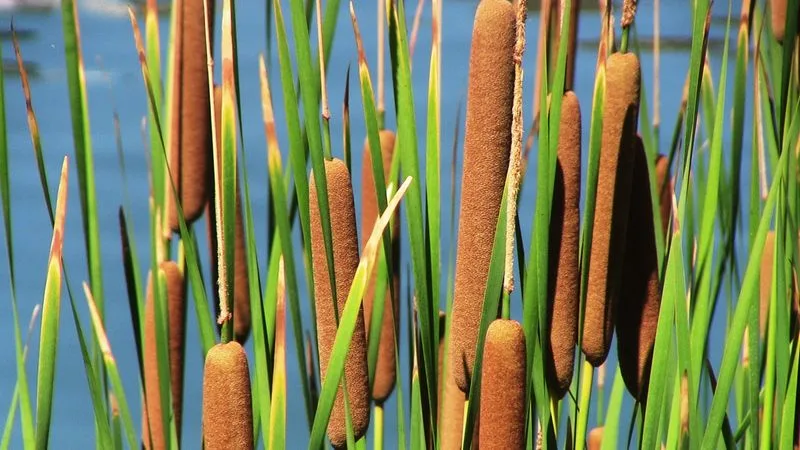
Cattails are a forager’s delight, offering multiple edible parts. The shoots, flowers, and pollen are all consumable, providing a variety of culinary uses. Found near water bodies, they are recognized by their distinctive brown flower spikes and long leaves. Harvesting cattails requires respect for their ecosystem, as they play a crucial role in wetland environments. Their presence indicates a healthy water system, highlighting the interconnectedness of nature.
Wood Sorrel
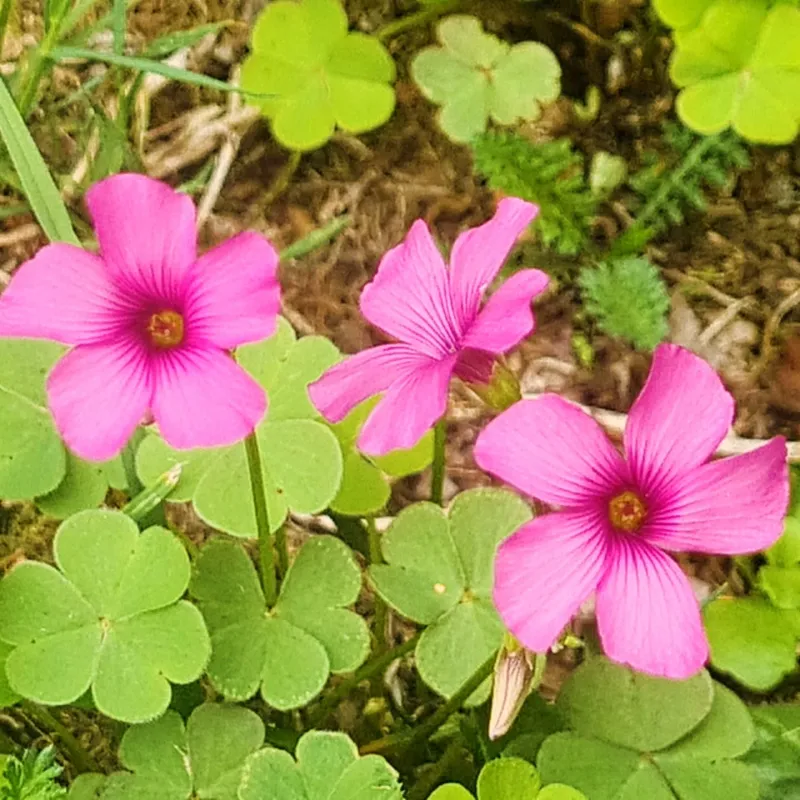
Wood sorrel’s lemony taste is a refreshing addition to salads and drinks. Its heart-shaped leaves and delicate yellow flowers make it easily recognizable on forest floors. When foraging, ensure identification is accurate, as it’s often mistaken for clover. This plant’s ability to thrive in various conditions makes it a resilient choice for foragers. Its bright flavor and visual appeal add a touch of wild elegance to culinary creations.
Plantain
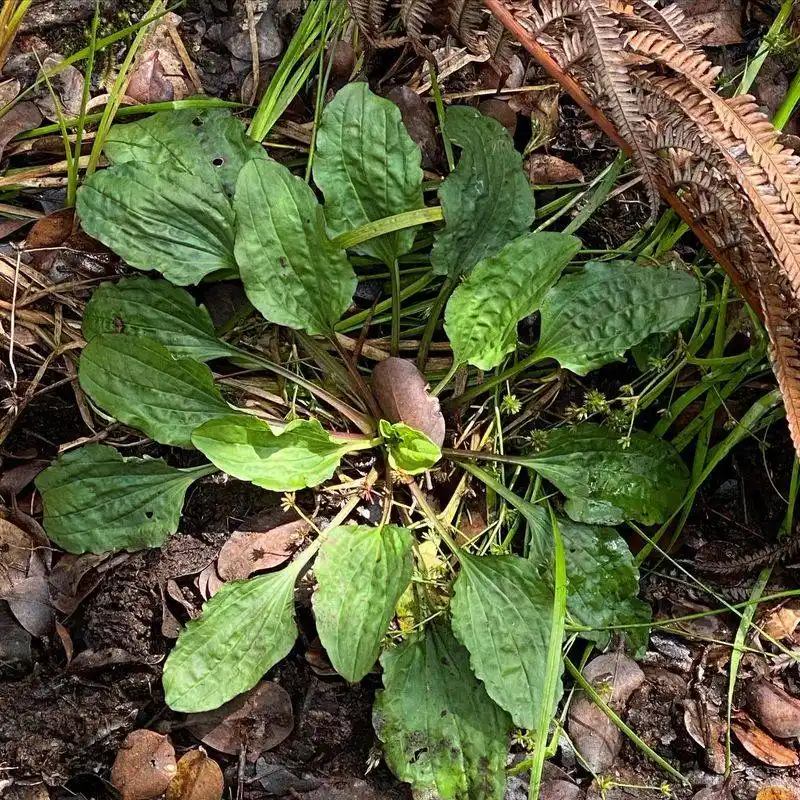
Plantain is often dismissed as a lawn weed, yet it’s edible and medicinal. The leaves can be used for teas and poultices, offering soothing properties. Identification is straightforward, with its broad leaves and prominent veins. Found in disturbed soils, plantain’s resilience is a testament to its adaptability. Foraging should focus on young leaves for optimal taste and texture. This plant’s unassuming nature hides a wealth of traditional uses and benefits.
Shepherd’s Purse
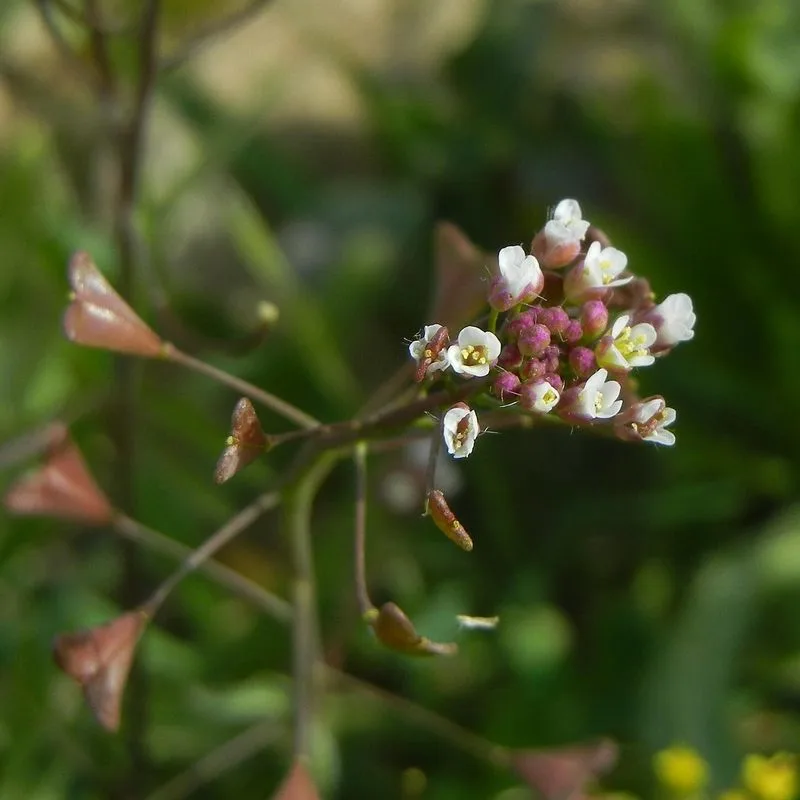
Shepherd’s purse is known for its heart-shaped seed pods, adding interest to foraged salads. Its medicinal properties have been valued in traditional herbal practices. Found in fields and gardens, it’s easily identified by its seed pods and small white flowers. Harvesting should be mindful of its environment, ensuring sustainable practices. This plant’s persistent growth in varied conditions makes it a reliable choice for those new to foraging.
Wild Rose
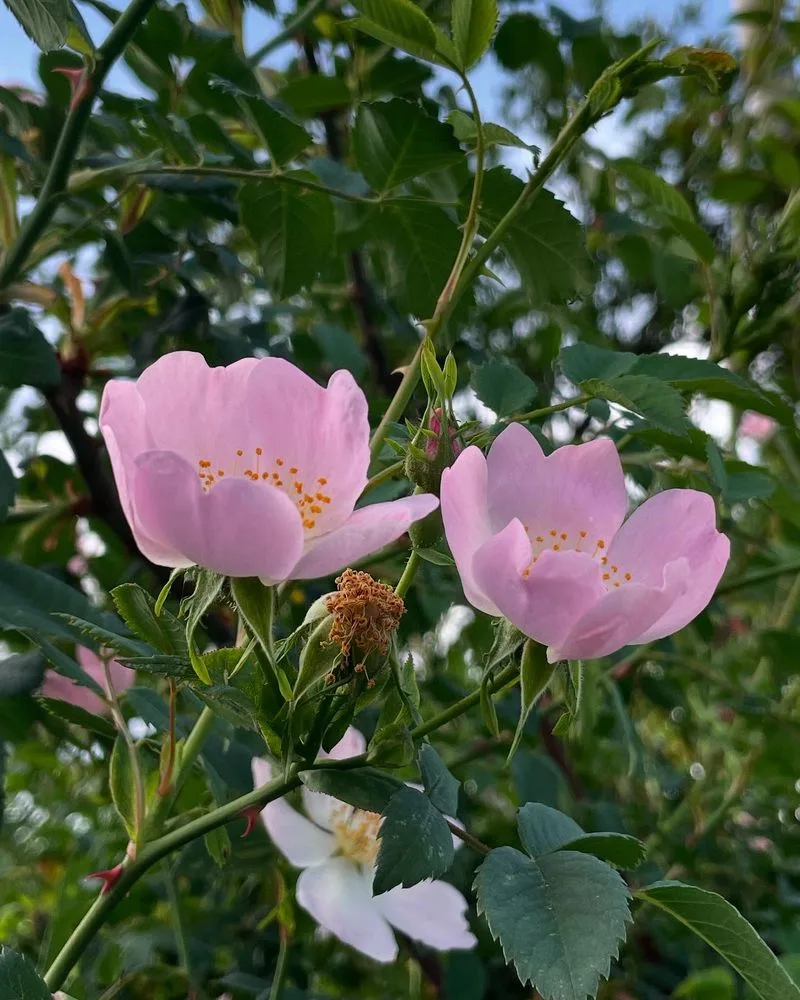
Wild roses offer more than just beauty; their petals and hips are edible. The flowers can be used in syrups and salads, while the hips are rich in vitamin C. Recognizing wild roses involves looking for their thorny stems and compound leaves. When harvesting, care is needed to avoid damaging the plant and sustaining its growth. This plant’s dual role in aesthetics and nutrition exemplifies nature’s multifaceted offerings.
Wild Mint
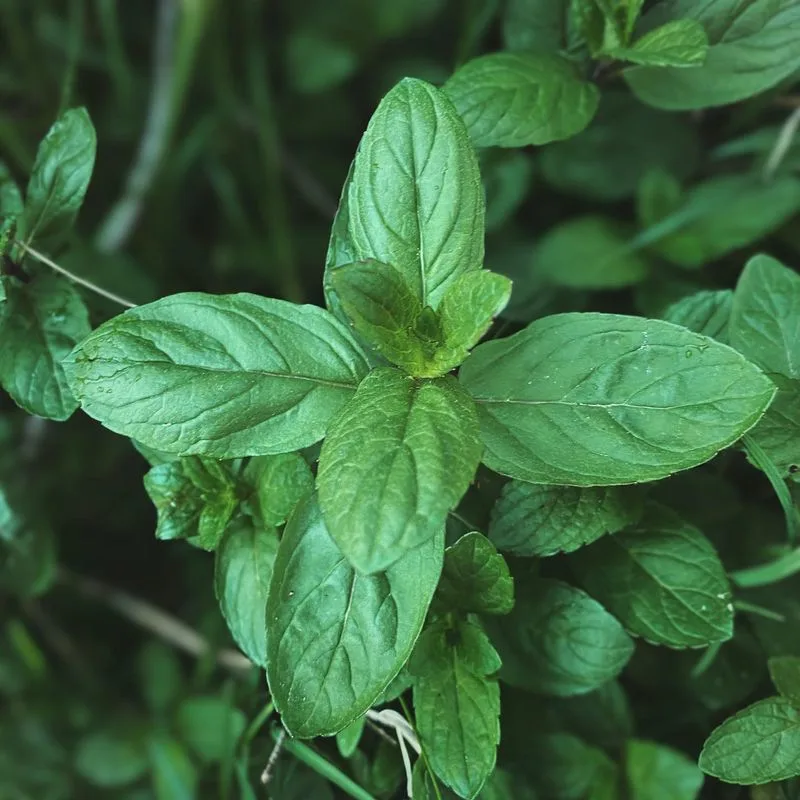
Wild mint’s invigorating scent is a beacon for foragers near streams and wetlands. Its leaves are perfect for teas, desserts, and savory dishes. Identification involves noticing its square stems and aromatic leaves. Care should be taken to differentiate it from other mint family members. Wild mint’s presence near water indicates a thriving ecosystem, offering a refreshing reminder of nature’s abundance and diversity.
Fennel
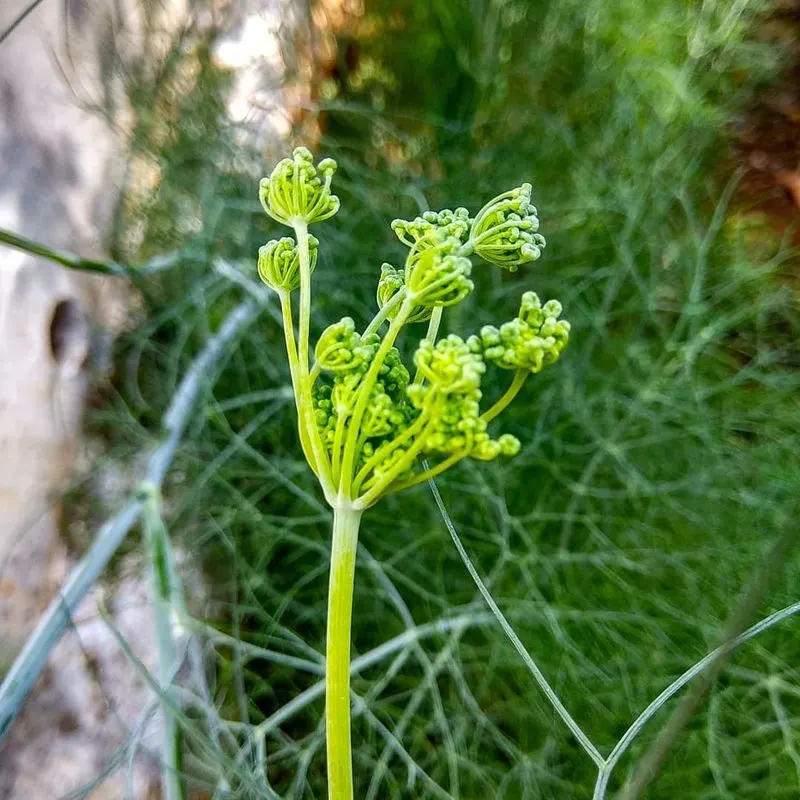
Fennel’s anise-like flavor is a culinary favorite, with bulbs, fronds, and seeds all being edible. Found in meadows and coastal areas, its feathery leaves and yellow flowers are distinctive. Proper identification is crucial to avoid confusion with toxic lookalikes. When foraging, the entire plant can be utilized, making it a versatile addition to meals. Its bold flavor embodies the vibrancy and richness of wild edibles.
Blackberry
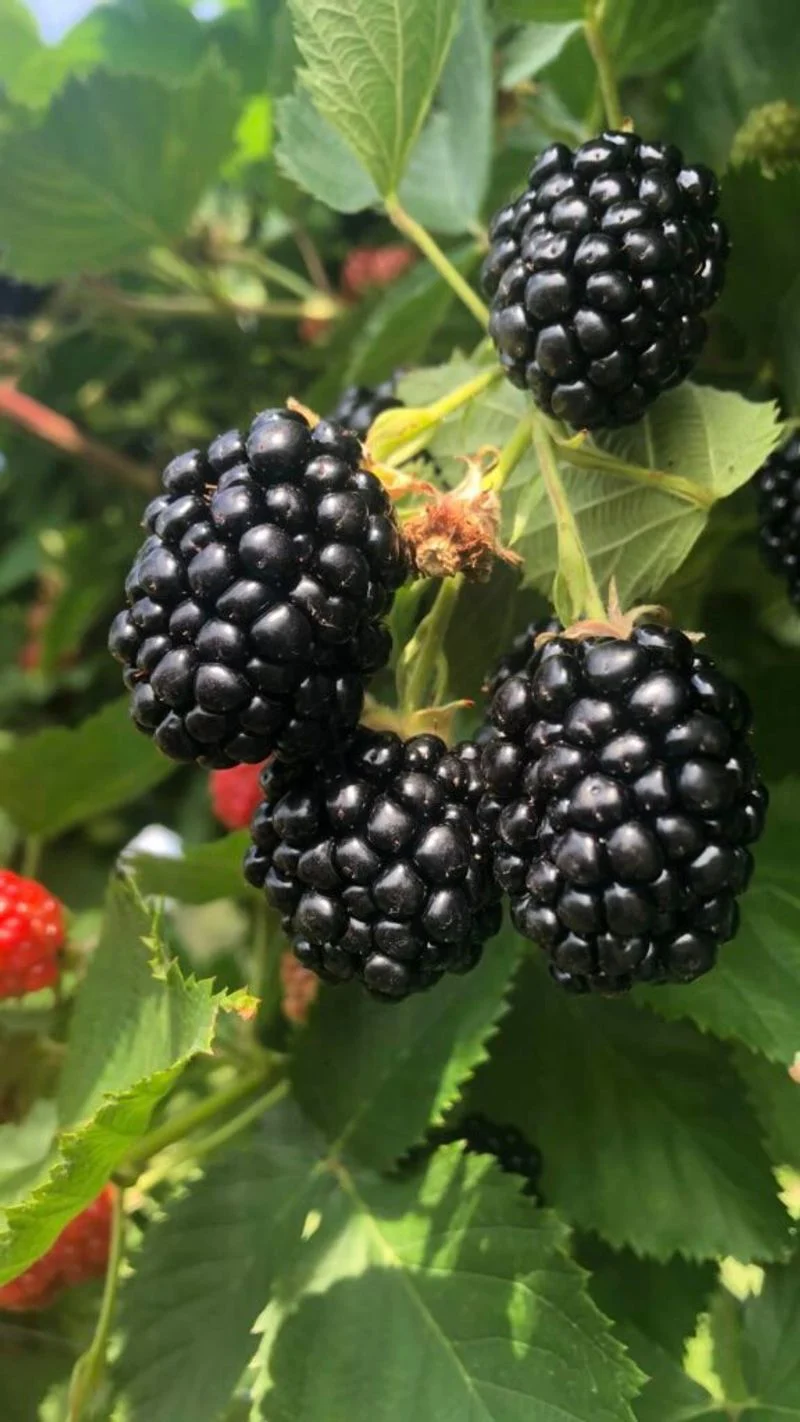
Blackberries are a classic summer find, with their juicy berries perfect for pies, jams, and fresh snacks. The thorny bushes require careful picking to avoid scratches. It’s important to differentiate them from similar plants like dewberries. Blackberries grow abundantly in hedgerows and open fields, making them accessible to many foragers. Their sweet, tangy taste is a seasonal delight, reflecting the joys of summer abundance.
Clover

Clover’s trifoliate leaves are a familiar sight in meadows, offering edible flowers and leaves. They can be used in teas and salads, bringing a mild, sweet flavor. Identification is simple, but care should be taken to distinguish it from toxic lookalikes. Clover’s role in enriching soil and supporting pollinators highlights its environmental importance. Foraging should be done mindfully to protect its ecological contributions.

